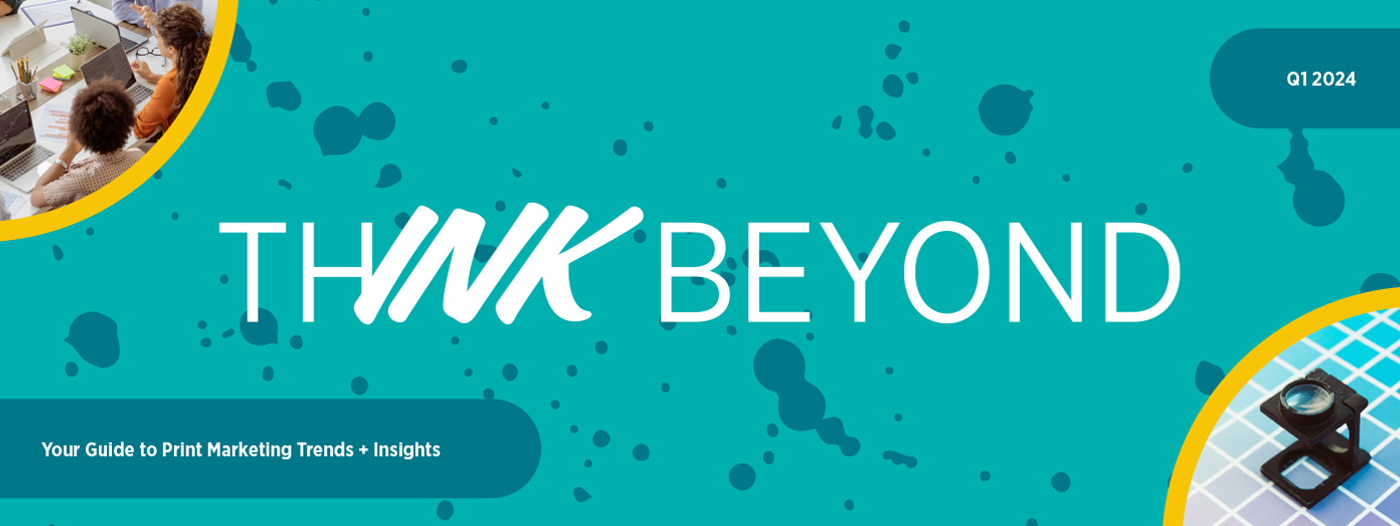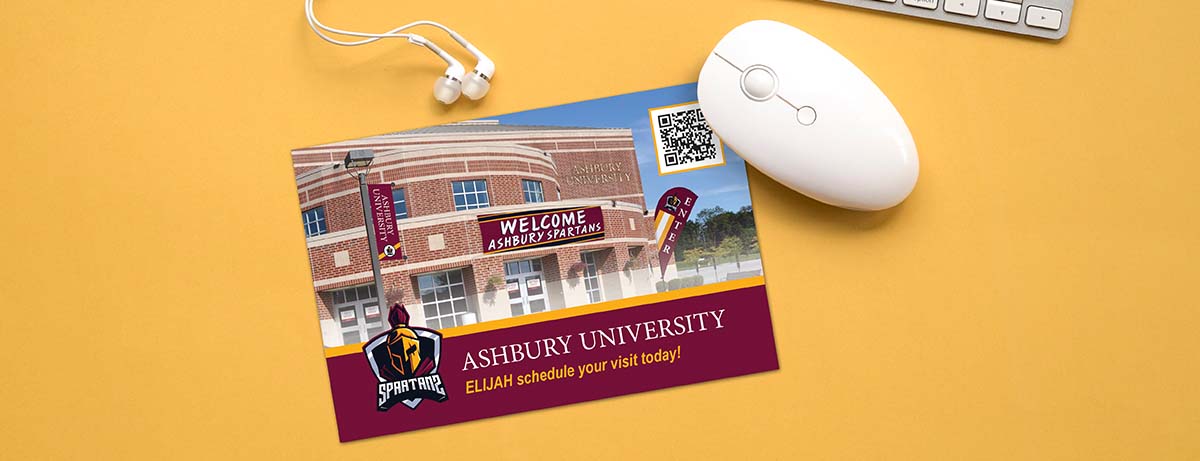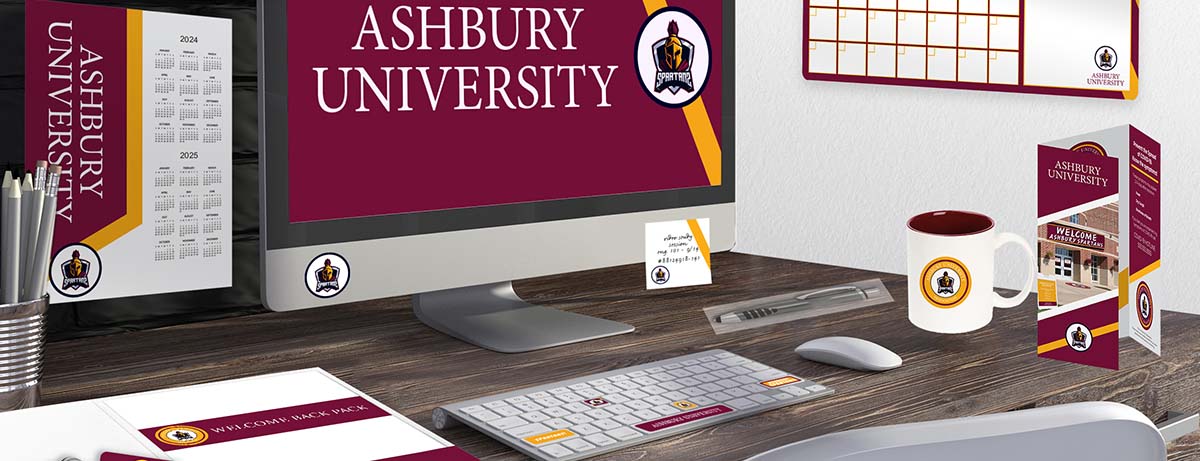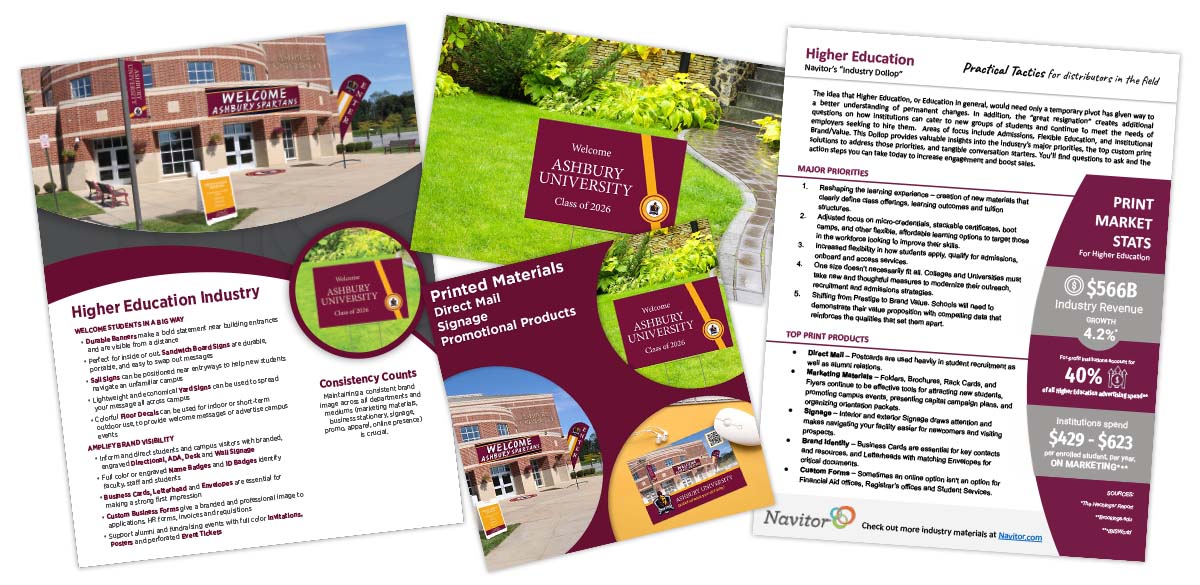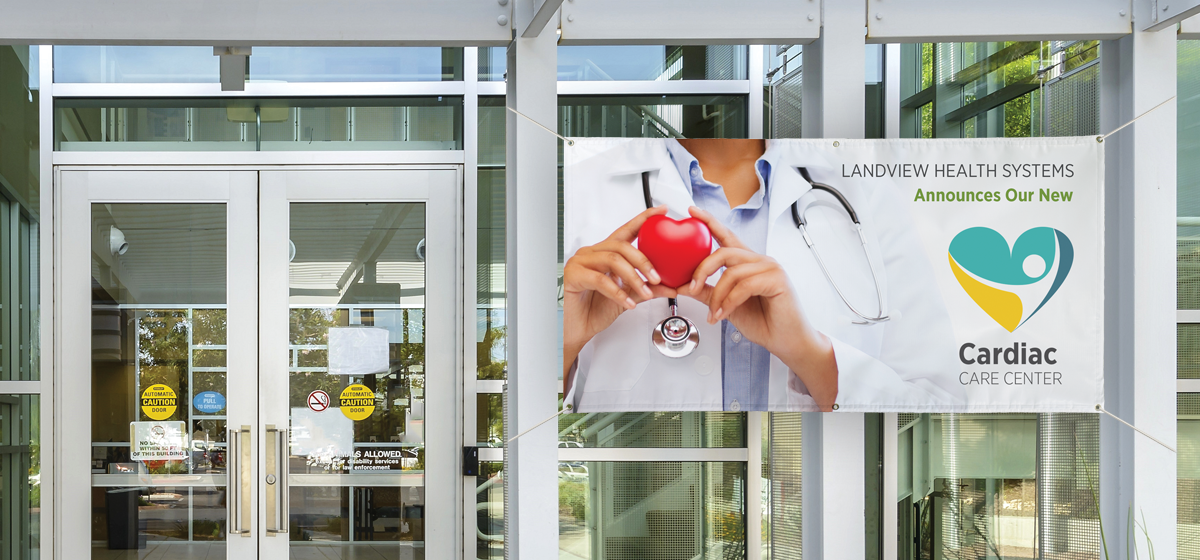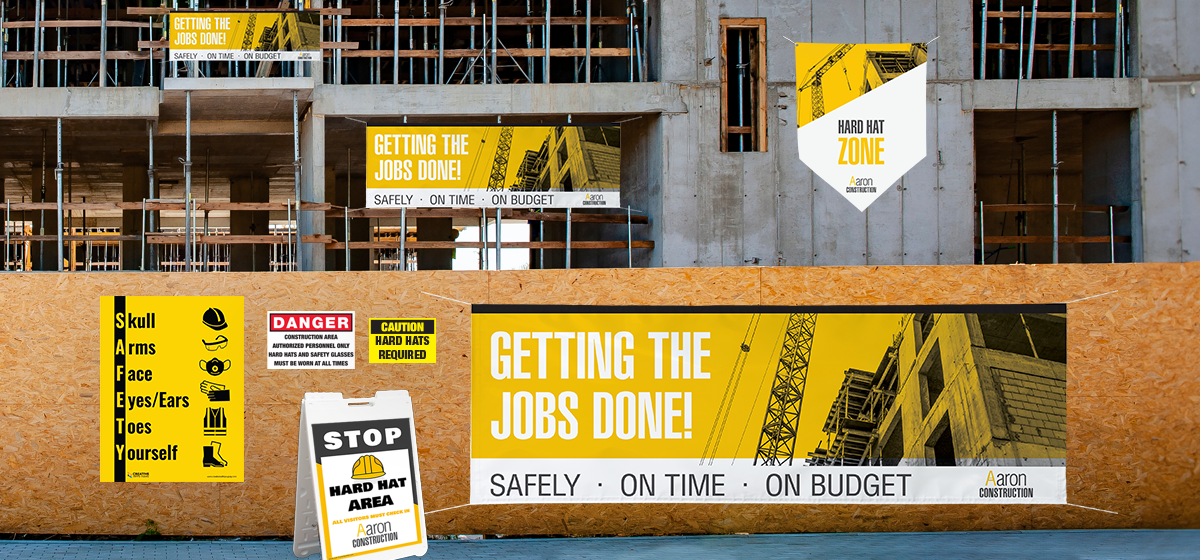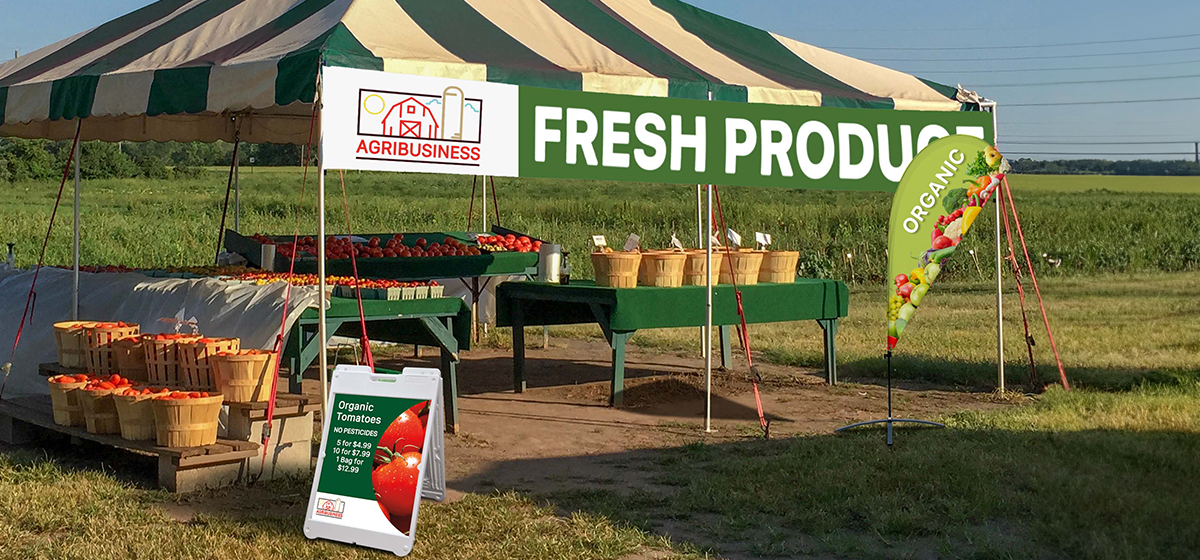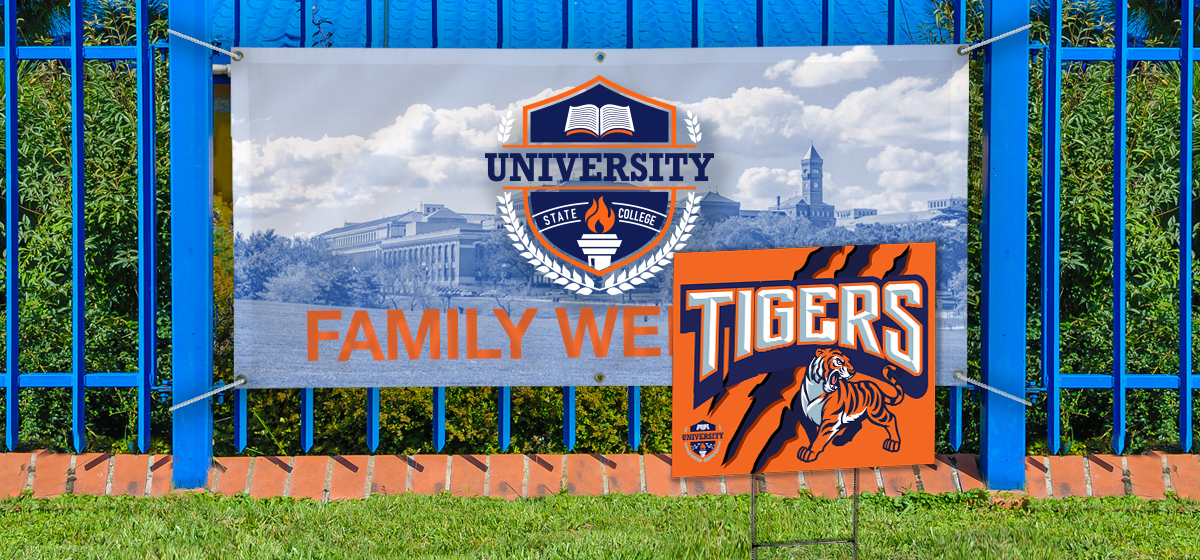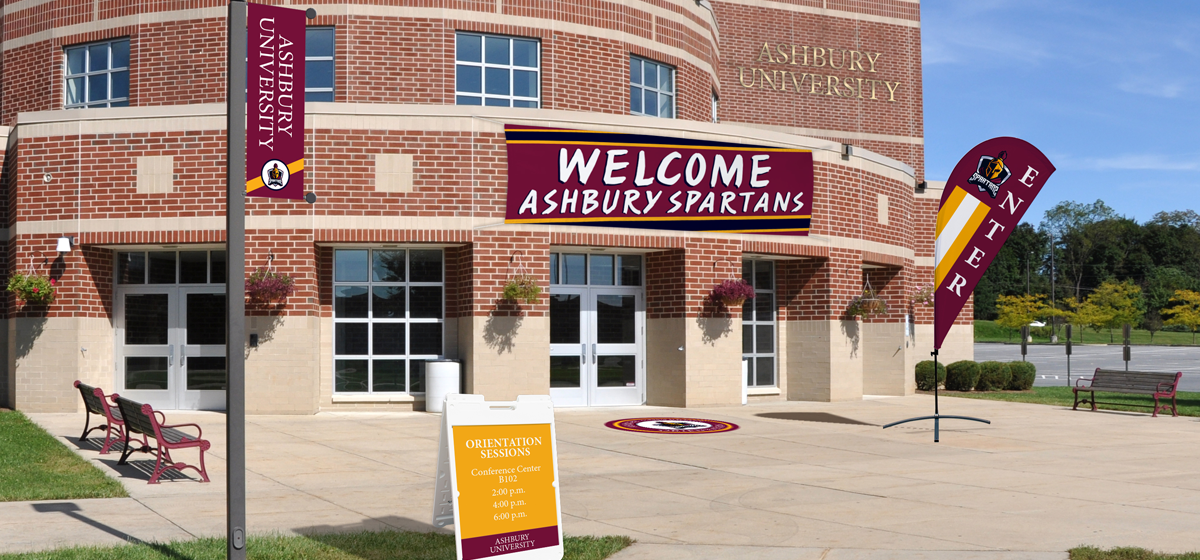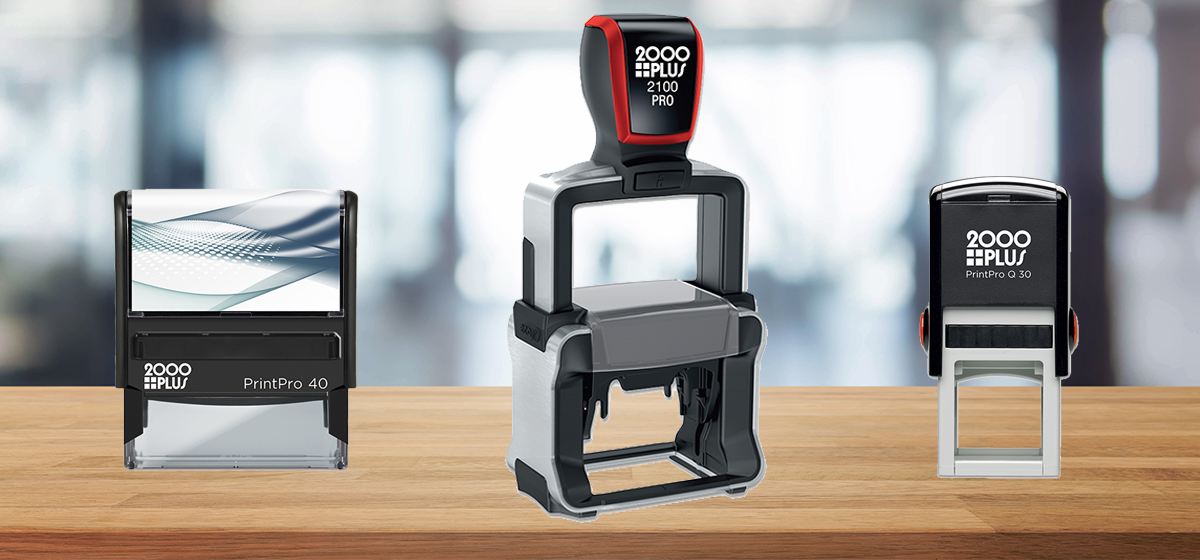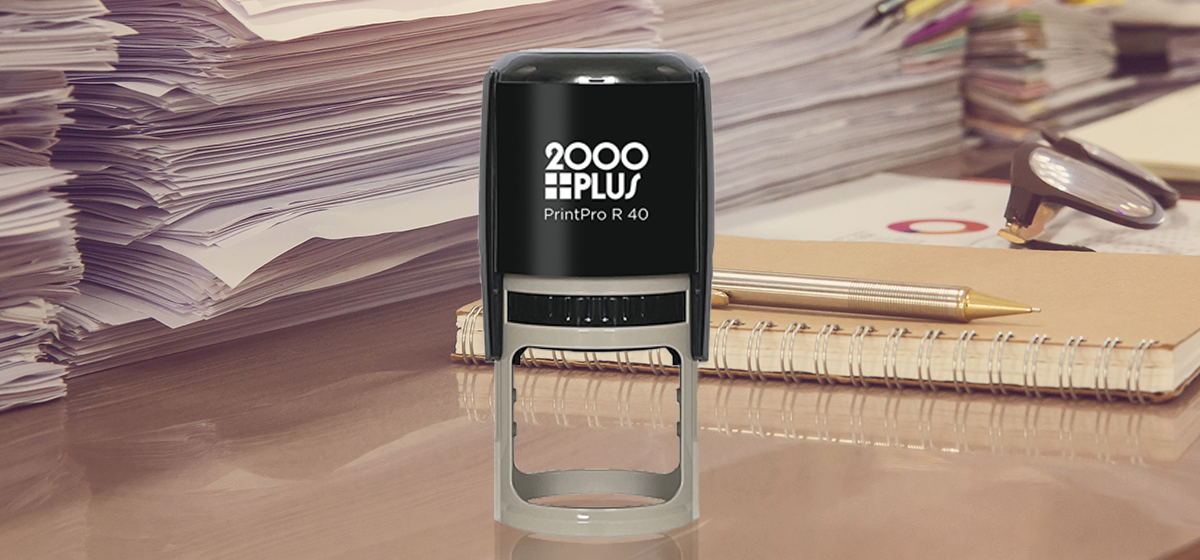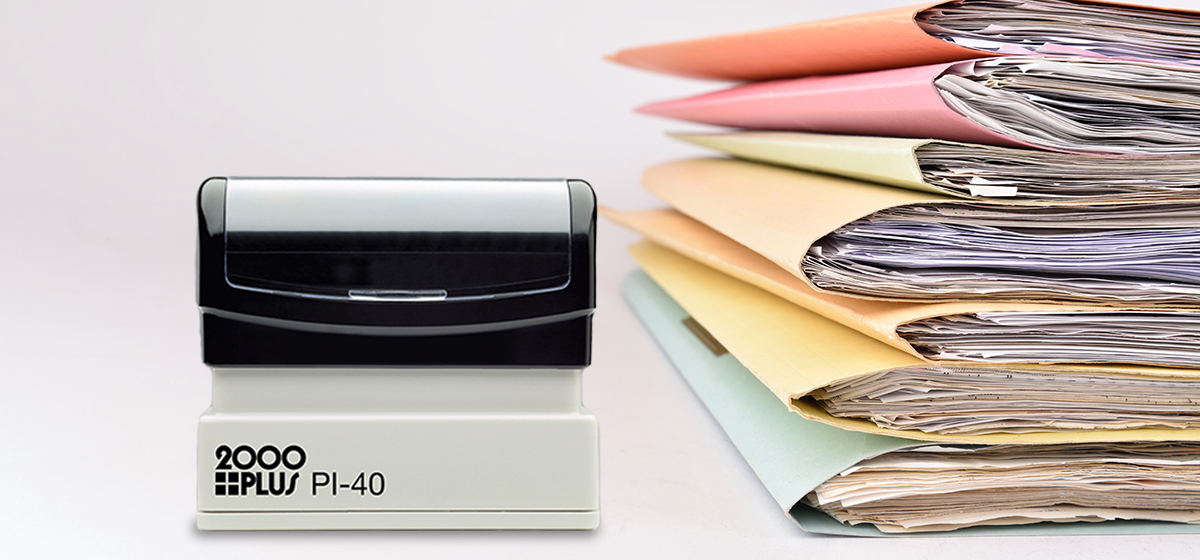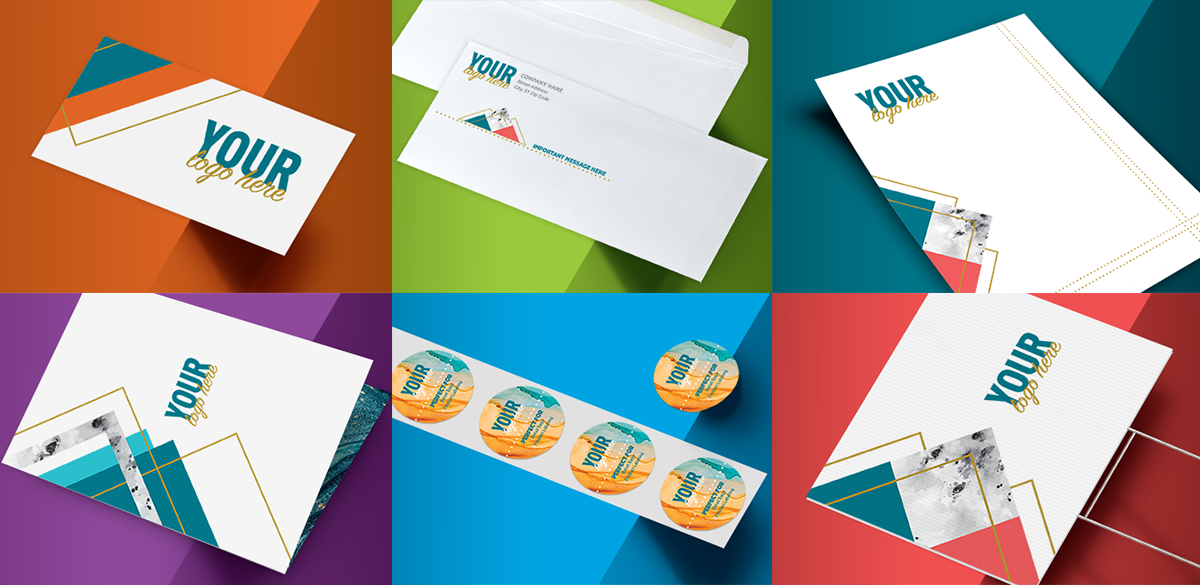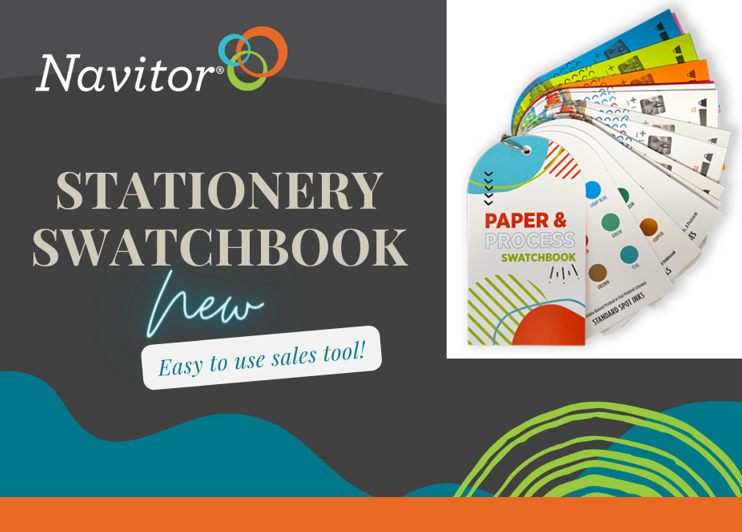
Unveiling Our Game-Changing Sales Tool: Elevate Your Distribution Game!
We’re thrilled to introduce a revolutionary sales tool crafted to make your job easier and more efficient. Designed with meticulous attention to detail, this custom print stationery sales tool is set to transform how you manage and present your products. Let’s dive into the incredible features that make this tool a must-have for any distributor:
🔹 Easy-to-Use Shape and Ring Holder Our innovative shape and ring holder ensures your samples are always organized and accessible. No more fumbling around or losing track of your most important pieces. It’s designed for ease of use, so you can focus on what you do best—selling!
🔹 Prioritized Placement of Recommended House Stocks Stay ahead of the game with our prioritized placement feature. This allows you to highlight the most recommended house stocks, ensuring they get the attention they deserve. It’s a smart way to boost visibility and sales of your key products.
🔹 User-Friendly Pagination Navigate through your inventory seamlessly with our user-friendly pagination. It’s all about efficiency—quickly find what you’re looking for without getting bogged down by endless scrolling.
🔹 Streamlined Design A sleek, streamlined design that not only looks good but also enhances functionality. This tool is crafted to provide a smooth and hassle-free experience, making your sales process more efficient than ever.
Elevate your distribution game with this powerful new sales tool! Ready to experience it firsthand? Comment ‘swatchbook’ below and we will send you one for FREE!
Join the movement and take advantage of this incredible opportunity. Your sales process will never be the same!
